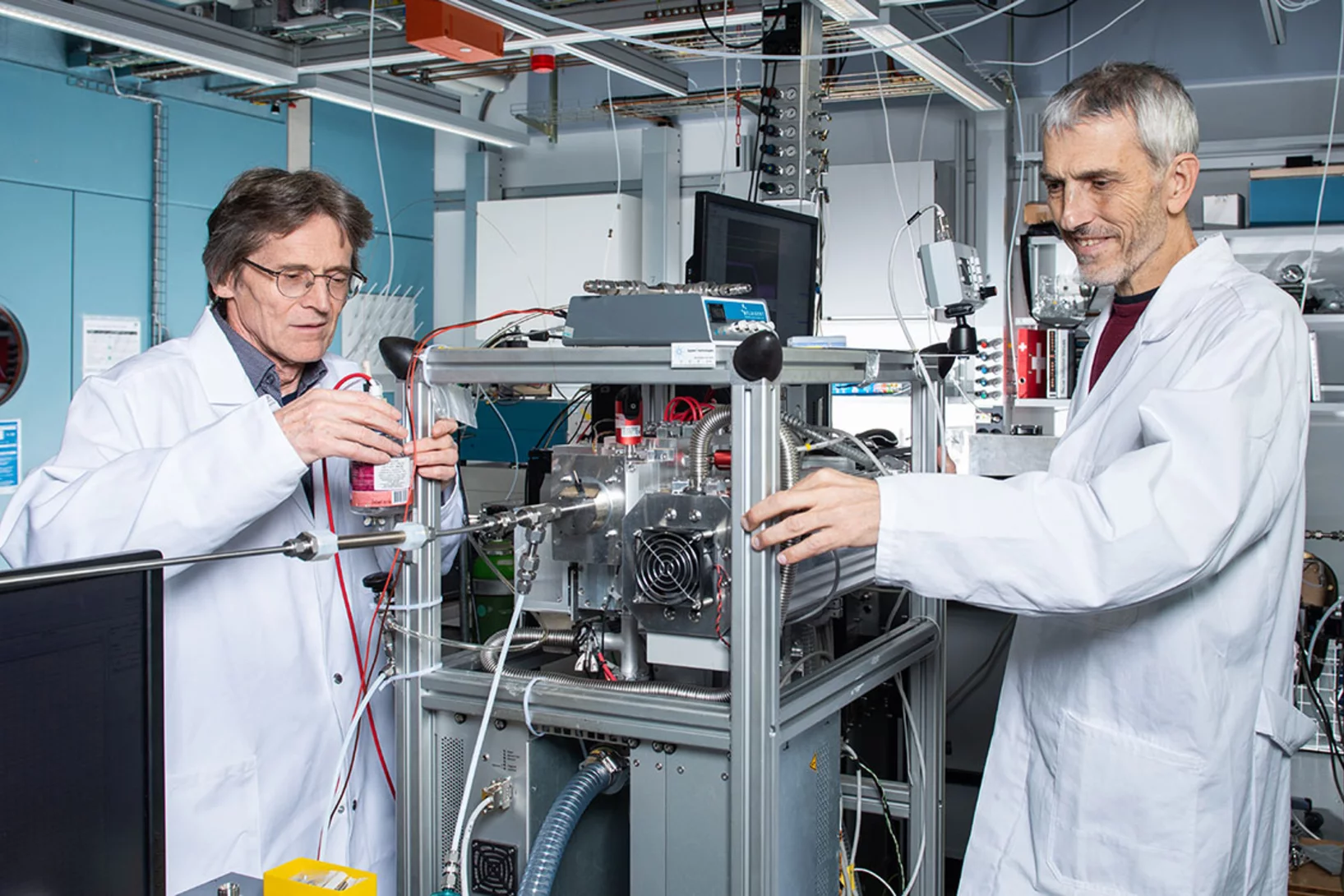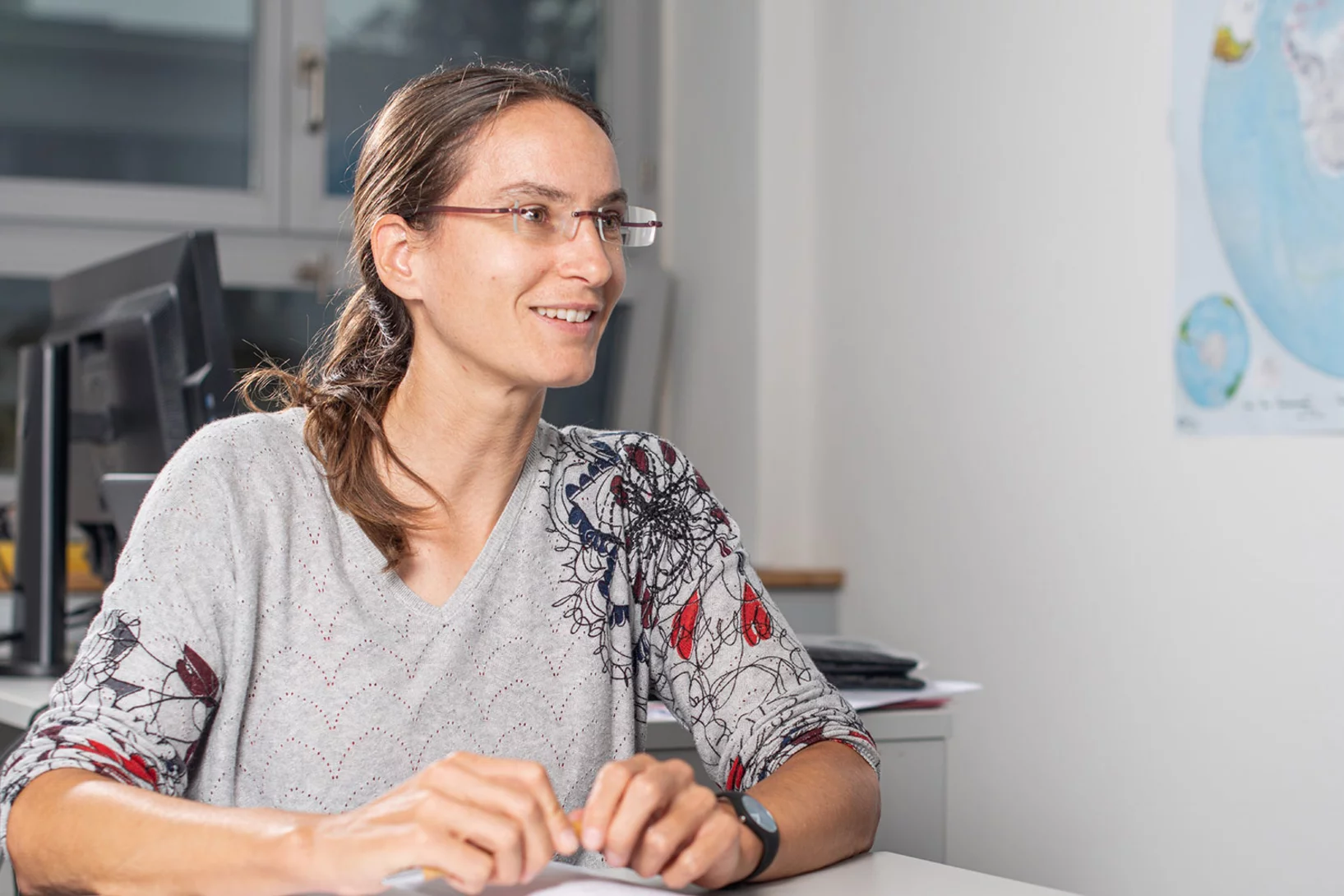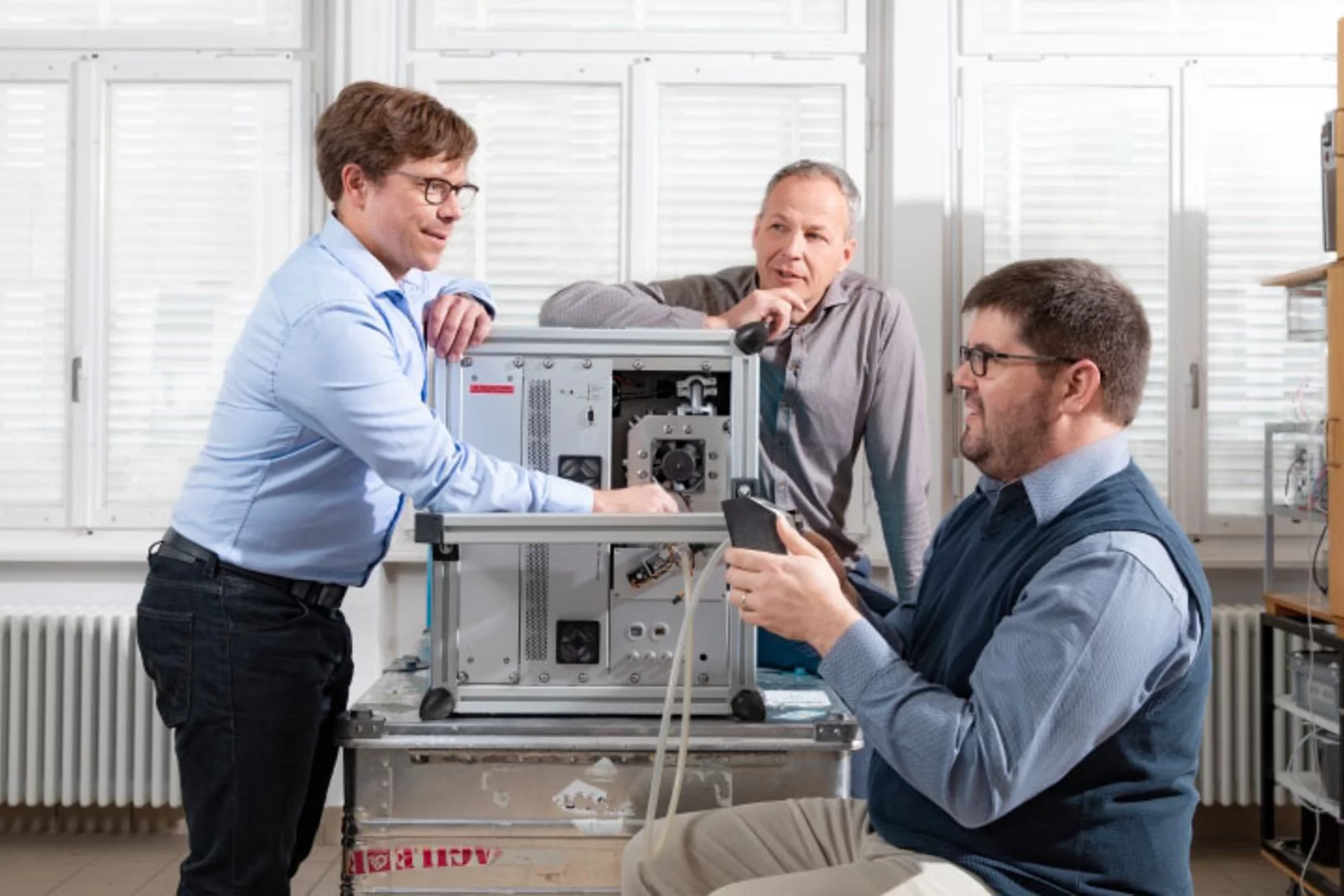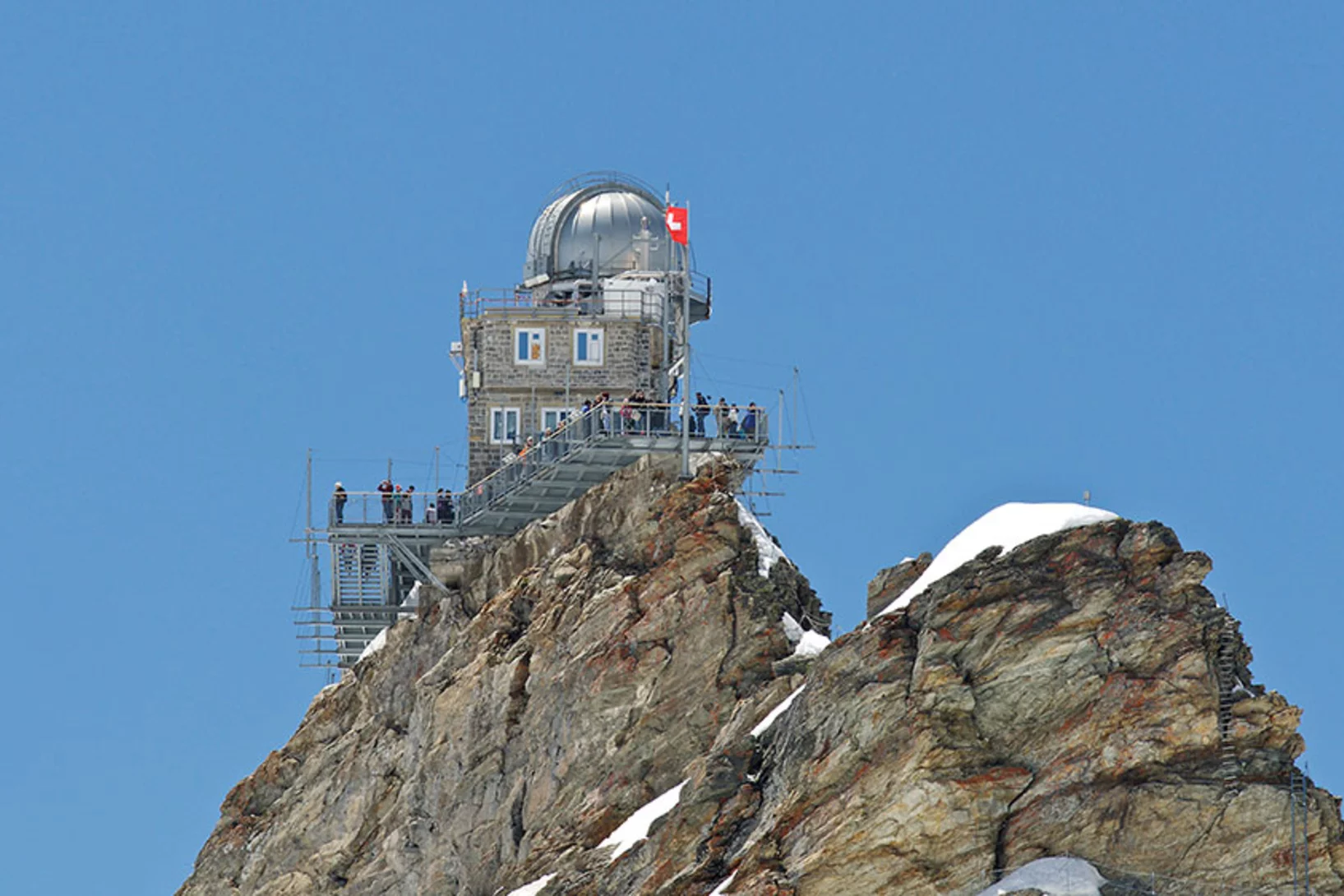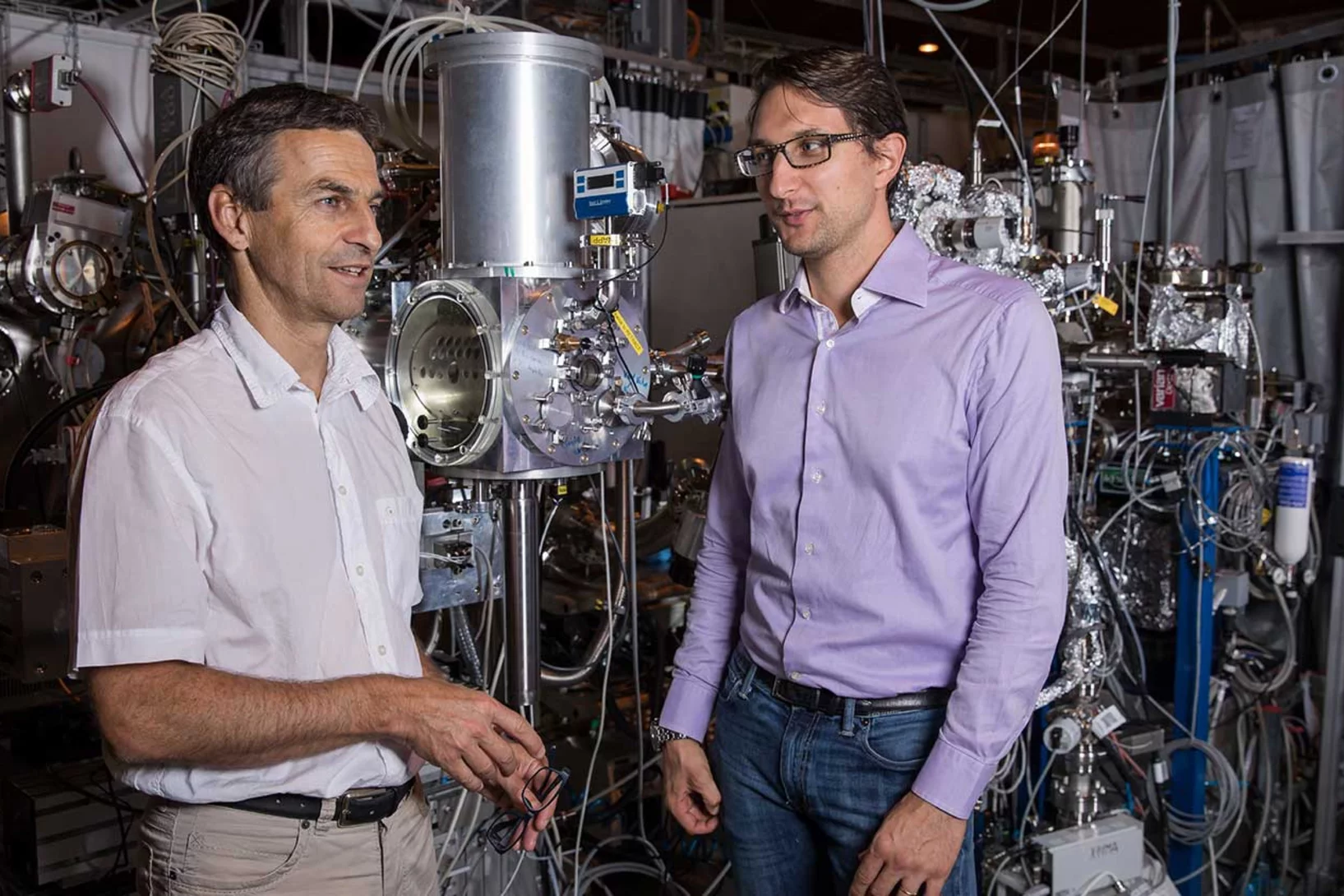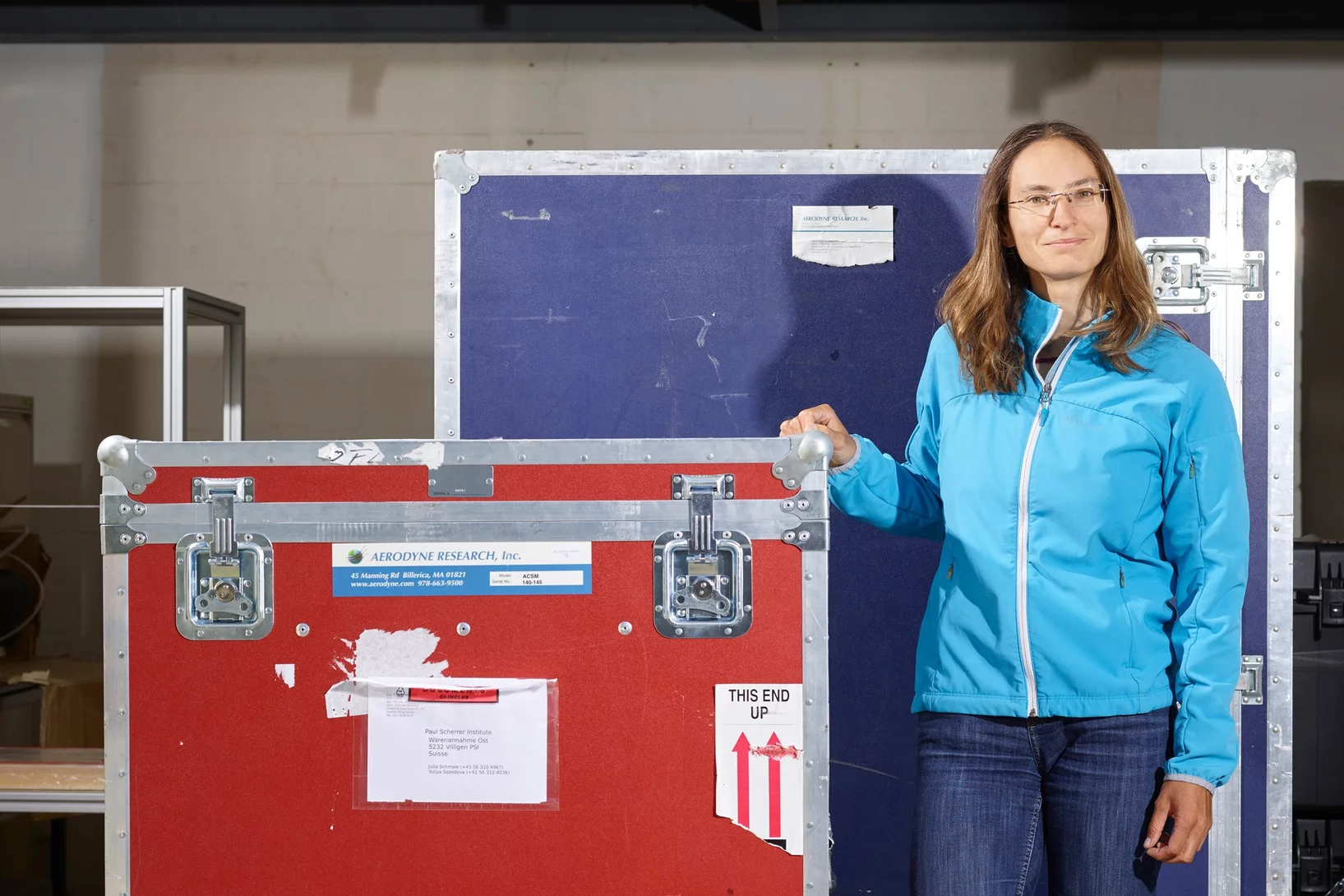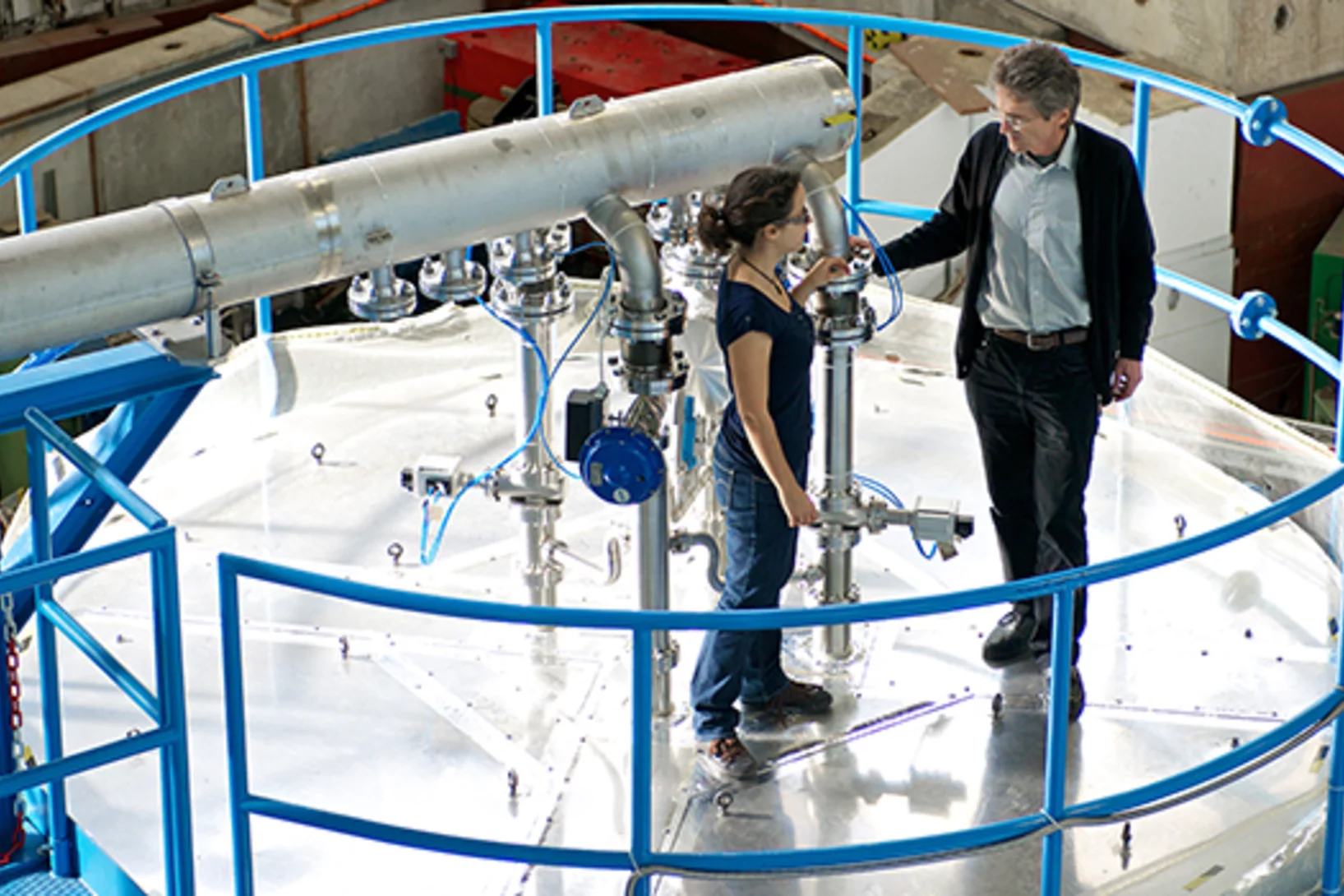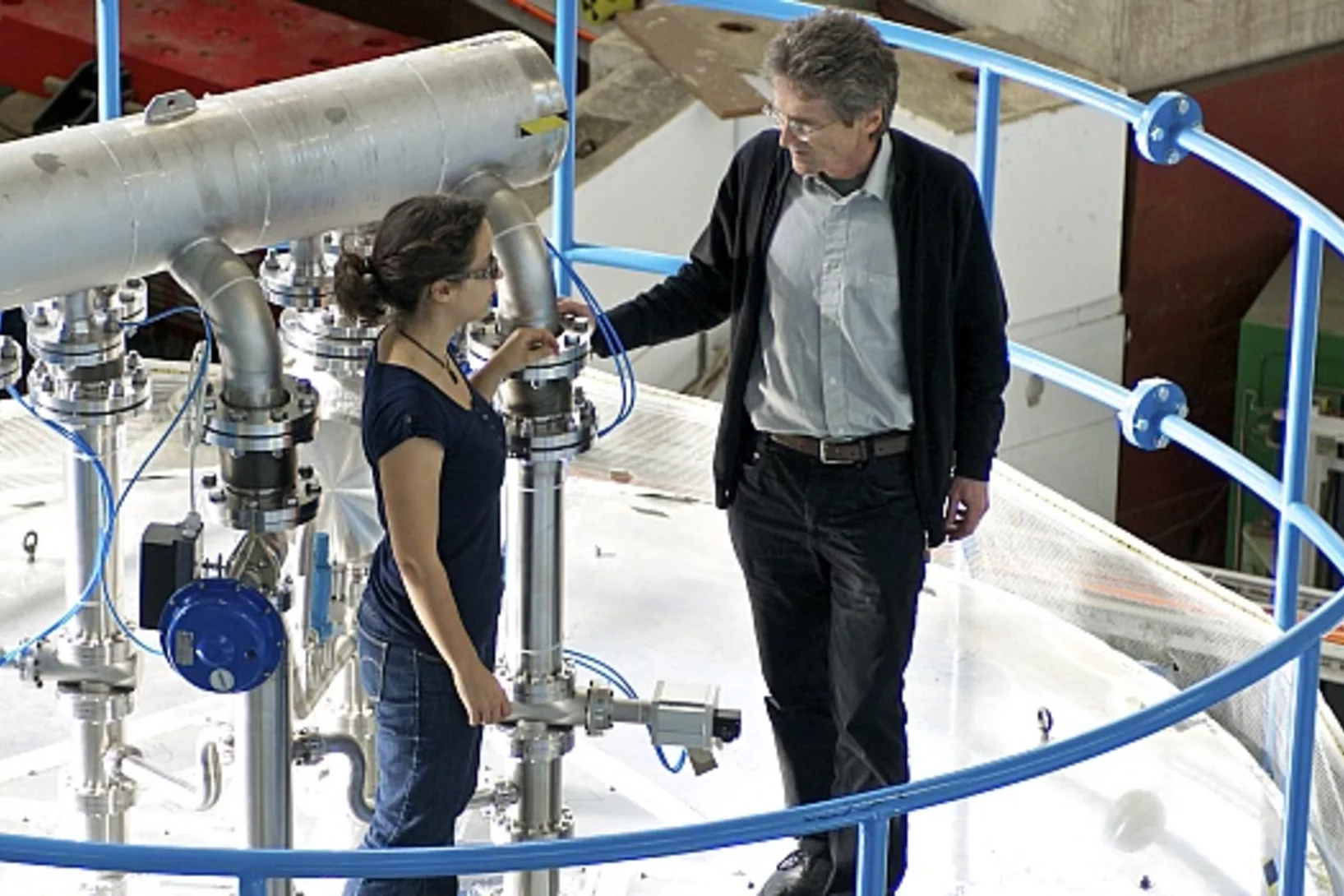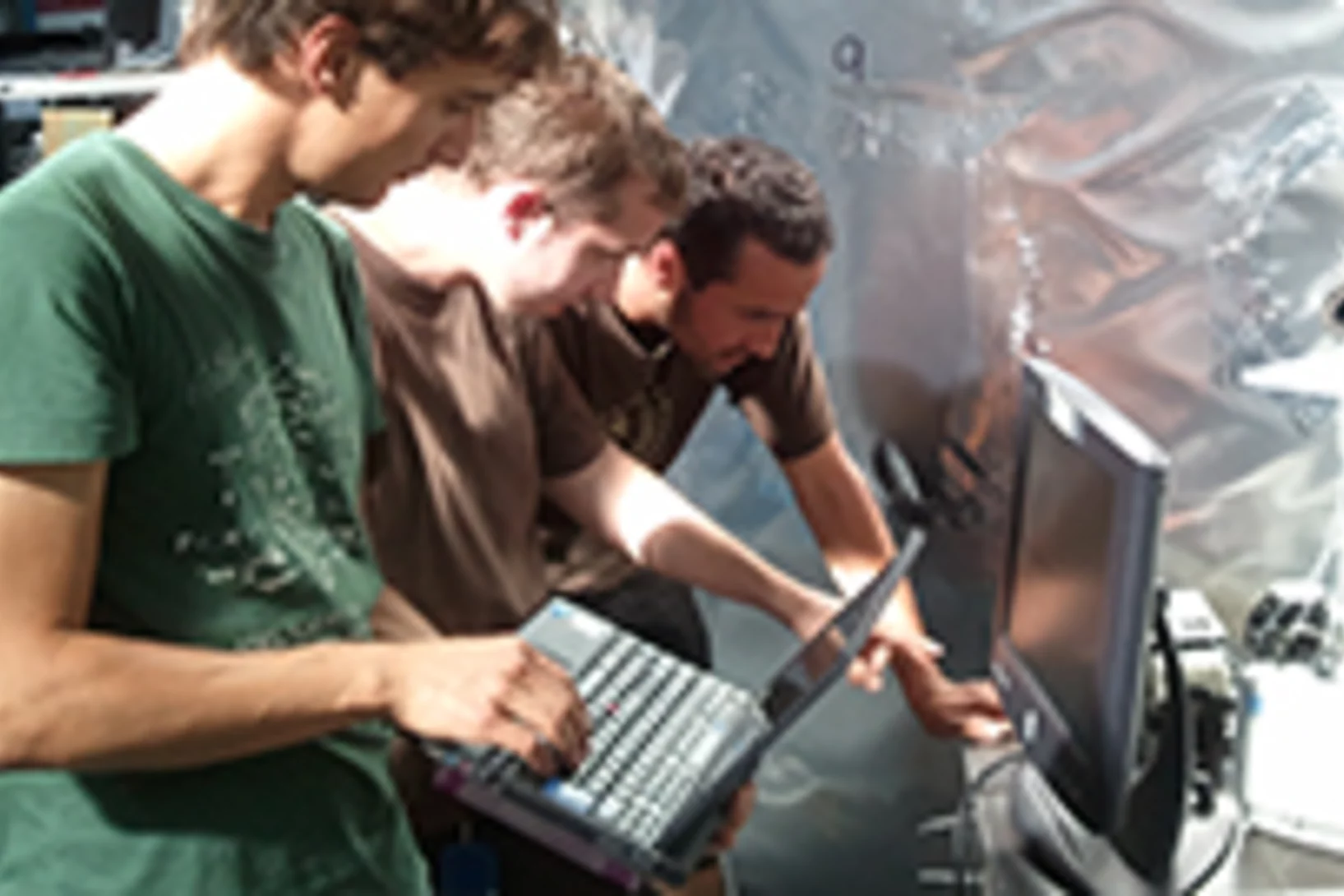Atmosphere
First-time direct proof of chemical reactions in particulates
Researchers at the Paul Scherrer Institute PSI have developed a new method to analyse particulate matter more precisely than ever before. With its help, they disproved an established doctrine: that molecules in aerosols undergo no further chemical transformations because they are enclosed in other particulate matter.
Thirteen months in the Arctic
A PSI research project investigating atmospheric chemistry will be on board the icebreaker Polarstern on 20th September 2019. Researcher Julia Schmale talks about the upcoming expedition and her role in it.
Research above – and about – the clouds
At the Jungfraujoch research station, PSI scientists study particulate matter in the atmosphere. And have to deal with the fact that the human body is not made for life at 3,500 metres above sea level.
In fresh air and in smog
PSI researchers drill through millennia-old glacier ice in the high mountains and analyse the world's highest particulate concentrations in Delhi, India. They are helping to address questions regarding climate change and to reduce air pollution.
Atmosphere in X-ray light
PSI researchers have developed an experimental chamber in which they can recreate atmospheric processes and probe them with unprecedented precision, using X-ray light from the Swiss Light Source SLS. In the initial experiments, they have studied the production of bromine, which plays an essential role in the decomposition of ozone in the lower layers of the atmosphere. In the future, the new experiment chamber will also be available for use by researchers from other scientific fields.
The open-air researchers
Atmospheric scientist Julia Schmale is starting out on a three-month research cruise around the antartic. There she will be searching for the cleanest air still to be found on our planet.
The substances that brighten up the clouds
Clouds consist of tiny droplets. These droplets form when water condenses around so-called aerosols – small particles in the atmosphere. To understand how in turn aerosols come into existence scientists have now created a comprehensive computer model simulation based on profound experimental data. This simulation revealed that in addition to sulphuric acid, two other substances are crucially involved in the formation of aerosols: organic compounds and ammonia. These results have now been published in the renowned journal Science.
Present-day measurements yield insights into clouds of the past
Researchers have shown how fine particles are formed from natural substances in the atmosphere. These findings will improve our knowledge about clouds in the pre-industrial era and thus will contribute to a more accurate understanding of both the past and future evolution of our climate.
Airpocalypse explained
The causes of China's record level fine particulate pollution in winter 2013 At the beginning of 2013 a greyish-brown blanket of smog lay over large areas of China for several months. The fine particle pollution was higher by 1 to 2 orders of magnitude than the levels normally measured in Western Europe and the United States. An international team of researchers under the lead of the Paul Scherrer Institute PSI and the Institute of Earth Environment, Chinese Academy of the Sciences revealed the causes of the airpocalypse. The study published in the journal Nature also describes what steps are to be taken to prevent an environmental crisis of this kind in the future.
Cloud formation takes ingredients from the forest
Scientists know that clouds have a net cooling effect on our planet but the exact magnitude of that cooling effect is not exactly known. A new study by the CLOUD experiment (Cosmics Leaving OUtdoor Droplets) at CERN sheds light on the very first step of cloud formation, thereby contributing to a better understanding of the cloud-climate connection. The study was led by scientists at the Paul Scherrer Institute (PSI) and was published on 16 May 2014 in the journal Science

